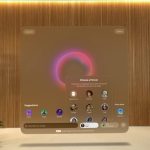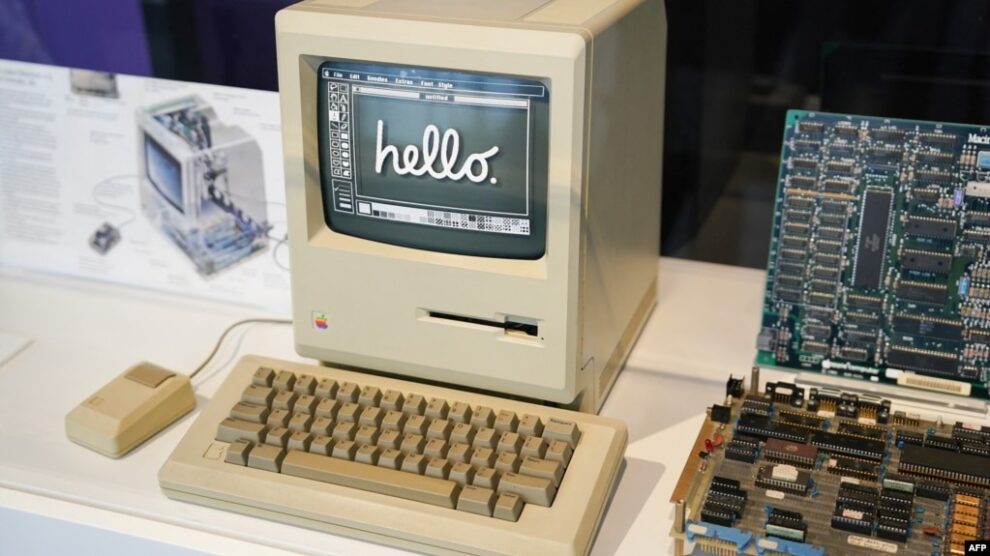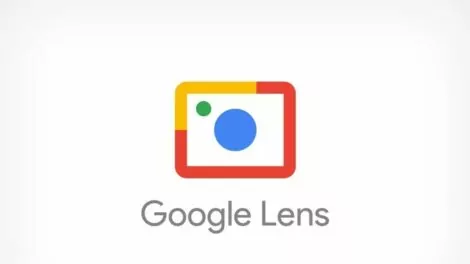January 1984 – After teasing glances cast “Big Brother” dystopian threats foreshadowing personal computing promise, Apple finally manifests Macintosh dragging mouse-driven graphical interfaces mainstream truly democratizing desktop power for all.
But beyond slugging specs, the Mac’s magical brilliance manifested humanizing historically robotic computers welcoming real people practically through unmatched user experience (UX) wizardry changing expectations permanently.
Today we relive Mac milestones pioneering UX frontiers, legacy impacts crossing software/hardware evolving accordingly and outlooks anticipating next-generation computing interactions accordingly.
Mac Ushers UX Revolution Through GUI
Foremost, pre-Macintosh 1980s computing largely demanded cumbersome command line coding proficiencies burdening beyond reasonable mainstream personal adoption prospects realistically.
Apple Mac stomps obstacles introducing revolutionary graphical user interfaces (GUIs) navigating screen objects visually through click and drag mouse innovations interacting effortlessly.
Gone monochromatic prompts hampering hardware potential. The Mac realizes fantasy dragging information age literally fingertip reach tangibly.
Demystifying Computer Barriers
Additionally introducing “What You See Is What You Get” (WYSIWYG) text processing abolished prior guesses deciphering encoded typesetting outputs.
By mirroring visual page layout previews real-time, Apple empowered technical newcomers appreciating functional finalized material clarity confidently.
This built computing confidence foundations welcoming once phobic peripheral majorities previously still regarding computers generally.
Influencing Generations of Mainstream Adoption
Critically Mac interface innovations opened enterprise software applications reaching far beyond engineering and scientific circles early adopting appreciably.
These breakthroughs pioneered much hardware/software creative dynamism still seen flourishing cross-platform today including:
- Image editing and illustration
- Desktop publishing
- Early computer animation
Essentially Macs marked critical commercial computing inflection escaping intimidating server room confinements instead welcoming artist studios and work desks simultaneously.
Birthing the Personal Computing Era
This accessibility ushered subsequent Windows OS graphical foundations equally while fortifying Apple’s presence pioneering personal computing transformations through iMacs and MacBooks iterated still presently.
The Mac birthed environments welcoming computing passions flourishing freely beyond just enterprise productivity goals exclusively – a legacy shaping user appetites perpetually since.
Pushing UX Paradigms Further
Beyond pioneering mainstream GUI adoption legacies secured, Apple continually nurtures UX-driven revolutions maintaining competitive advantages differentiating brand device experiences accordingly.
Namely touchscreen iOS dynamics birthed 2007 matched software fluidity responsiveness with premium hardware materials craftsmanship synergy appreciated today.
This compounds Apple device ecologies feeling worlds more responsive versus Android/Windows rivals still wrestling UX consistencies fragmented still.
Our Digital Mirrors Reflecting Back
Culturally, the mirroring machines holding increasingly personalizes information securely against threats facing exposure vulnerabilities.
And even Siri experiments give way potentially even deeper AI-driven ambient user experiences ahead as computing melts environmentally ubiquitous behind the scenes.
The foundational UX credos valuing humans over hardware still permeates Apple’s DNA manifesting appropriately as worlds digitally physical continue converging exponentially.
We applaud lasting disciplines upholding user-centric tenets demonstrating positive technological change embracing all diversity globally serving unified participatory futures positively.










Add Comment